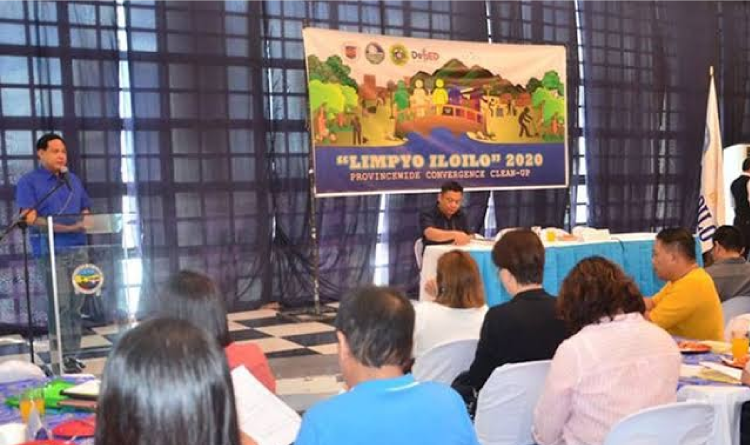Feeling a little too hot lately? That’s not exactly strange given that it is the beginning of summer–the hottest, driest, and most humid time of the year. But if you feel that the recent summer seasons have been too hot, there’s a reason for that. Climate change has been an increasingly important topic over the past decade. It is a real and pressing issue especially to the most vulnerable, namely, us.
The hottest recorded temperature in 2020 was 41.2°C in Isabela Province on May 12. That’s enough heat to fully cook an egg on the pavement! Imagine what it does to our crops, livestock, and ecosystems. Not to mention, the hotter it becomes, the bigger and meaner are the typhoons that come to ravage the country. It’s not difficult to see how, with our dwindling financial resources and dependence on agriculture, we are one of the most vulnerable countries to the effects of climate change.
It’s 2021. The ice caps are melting in the Poles, sea levels are rising, air pollution is increasing, entire animal species are declining or disappearing altogether. By the year 2030, the United Nations have scientifically predicted that climate changes will be irreversible and our environment will only be declining in quality from then onwards.
It all seems so much bigger than us, so what can we really do to help? While personal habits can help our immediate surroundings, it isn’t much when taken in the context of the grand scheme of things. The answer lies in collective movements that could turn into global practices. Then, and only then, can we try and save our planet before we no longer have the chance to do so. So let’s start small and work our way from there — let’s start in our own city.
Iloilo City’s environmental efforts have been the talk of the town in recent years. Back in 2018, the East Asian Sea Congress was held at the Iloilo Convention Center, hosting over a thousand local and international marine environment advocates. Key issues that were discussed included climate and blue carbon, marine pollution, biodiversity, governance, research, and community-driven solutions for environmental problems. It was the entire city’s pride and honor to host this event and it was only one among the dozens of environmental projects the local government has launched.
Other projects include Limpyo Iloilo, a province-wide cleanup drive; Tanum Iloilo, a province-wide tree planting project; The Hinactacan Eco-Park, a proposed 35-hectare mangrove forest; Iloilo Beach Resort, a proposed project for more Tree Park Networks in the city; partnering up with global organizations to develop a plastic-free city; the rehabilitation of the Iloilo River, now no longer considered as biologically dead; and the efforts to develop a bike-friendly city.
As citizens of the City of Love, we should do what we can to support the city’s efforts of developing sustainable and eco-friendly projects. These don’t only contribute to global efforts in the fight against climate change, they also help us mitigate our risks when natural calamities strike. With hope, we can inspire other cities, and countries, to do the same. One step at a time until we can create a better world for generations to come.

